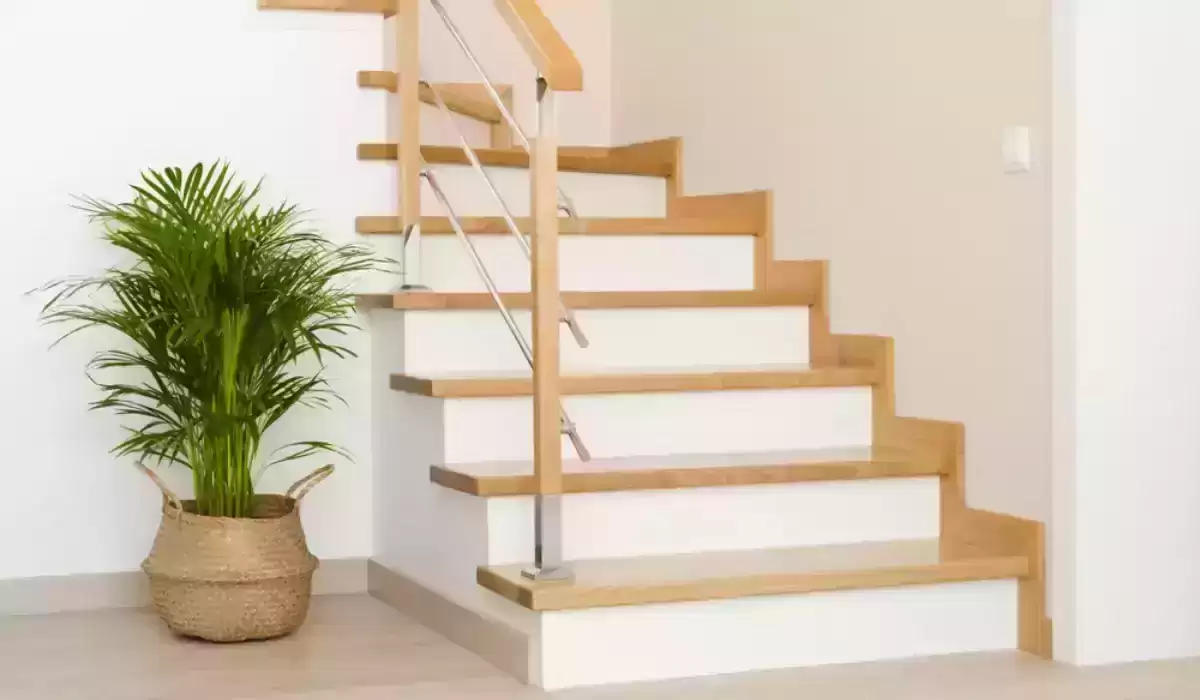Materials used in the design of interior stairs

Types of staircase materials
Cement
carpet
Metal
wood
rubber stairs
Certain types of rubber for stairs
Thermoplastic vinyl
thermoplastic
Thermoplastic rubber – TS type
For more architectural news


I am an architectural journalist and publisher interested in highlighting and presenting interior design best practices to my audience. I am always looking for new stories and ideas that will inspire my readers and enhance their lives

ENA contemporary approach to building.A full service design studio based in Los Angeles that incorporates modern design principles with state-of-the-art technology.With a team of design and construction specialists, with the experience and ideas of the cutting edge bridging the old conventional building practices, with new ways, more sustainable and efficient, being part of and adding…

Building stylish spaces that reflect your personality, likes, tastes, and preferences gives you a sense of fulfillment and ownership.One of the most important areas that you should pay special attention to when building is flooring.Flooring exposes you to different preferred…

The phrase “A Year of War and Music” seems to encapsulate the paradox of 2025. It is a year where human ambition clashes with growing challenges, leaving little room for neutrality. One must either partake in the fray of intense…

THANK YOU FOR WATCHING!Follow my Instagram for more.

Sense Five by WertelOberfell conveys the climate to outwardly weakened clients through a parametrically planned responsive handle.Alongside guide canines, the white stick is the most broadly utilized versatility help for the outwardly debilitated. In fact, levels of visual disability fluctuate…

U : 2022-The boundary between your work and restSOFA FOR UBackgrondThe integration of work space and rest space is also a new trend in the New Normal era.When working outside the office, there is a growing tendency to create a work space by utilizing part of the living space rather than acquiring another space separately.-업무공간과…

ENA contemporary approach to building.A full service design studio based in Los Angeles that incorporates modern design principles with state-of-the-art technology.With a team of design and construction specialists, with the experience and ideas of the cutting edge bridging the old conventional building practices, with new ways, more sustainable and efficient, being part of and adding…

Building stylish spaces that reflect your personality, likes, tastes, and preferences gives you a sense of fulfillment and ownership.One of the most important areas that you should pay special attention to when building is flooring.Flooring exposes you to different preferred…

The phrase “A Year of War and Music” seems to encapsulate the paradox of 2025. It is a year where human ambition clashes with growing challenges, leaving little room for neutrality. One must either partake in the fray of intense…

THANK YOU FOR WATCHING!Follow my Instagram for more.

Sense Five by WertelOberfell conveys the climate to outwardly weakened clients through a parametrically planned responsive handle.Alongside guide canines, the white stick is the most broadly utilized versatility help for the outwardly debilitated. In fact, levels of visual disability fluctuate…

U : 2022-The boundary between your work and restSOFA FOR UBackgrondThe integration of work space and rest space is also a new trend in the New Normal era.When working outside the office, there is a growing tendency to create a work space by utilizing part of the living space rather than acquiring another space separately.-업무공간과…

ENA contemporary approach to building.A full service design studio based in Los Angeles that incorporates modern design principles with state-of-the-art technology.With a team of design and construction specialists, with the experience and ideas of the cutting edge bridging the old conventional building practices, with new ways, more sustainable and efficient, being part of and adding…

Building stylish spaces that reflect your personality, likes, tastes, and preferences gives you a sense of fulfillment and ownership.One of the most important areas that you should pay special attention to when building is flooring.Flooring exposes you to different preferred…